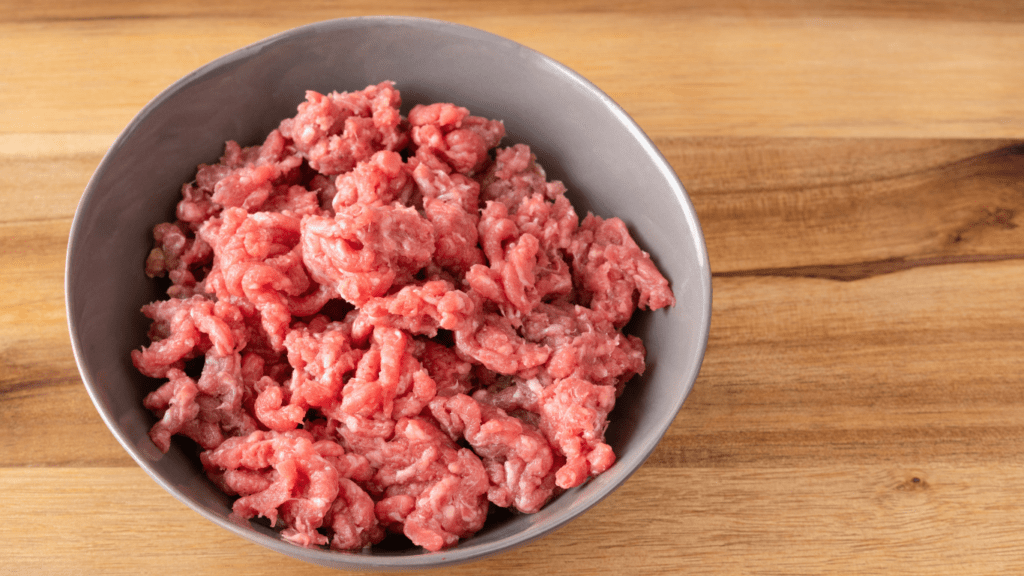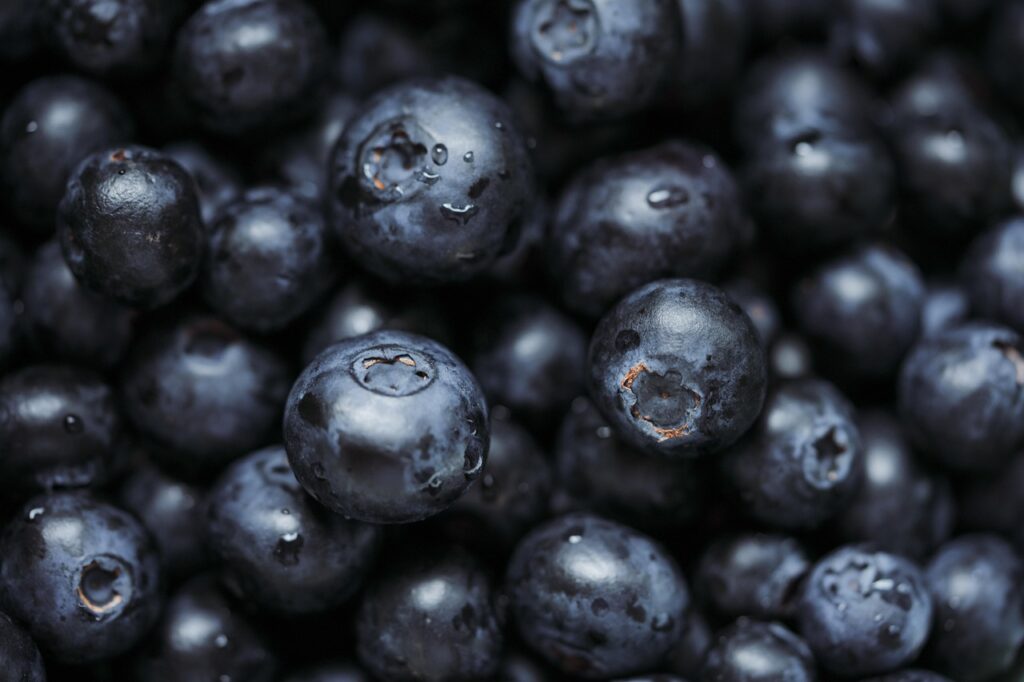Understanding Raw Food Diets for Pets
Raw food diets for pets have gained popularity, sparking interest among many pet owners. These diets typically consist of uncooked ingredients aimed at providing more natural nutrition.
What Is a Raw Food Diet?
A raw food diet consists of uncooked meats, bones, fruits, vegetables, and sometimes dairy. This diet aims to mimic what an animal might eat in the wild. Proponents claim it offers more natural nutrition compared to processed pet foods.
Key components often include:
- Raw Meats: Chicken, beef, lamb, or fish to provide protein.
- Bones: Offer calcium and other minerals.
- Organs: Liver, kidneys, and heart for vital nutrients.
- Fruits and Vegetables: Apples, carrots, and spinach for vitamins.
- Dairy: Yogurt or raw eggs for additional protein and probiotics.
Types of Raw Diets Available
Several variations of raw diets cater to different pet needs and owner preferences.
Common types include:
- BARF (Biologically Appropriate Raw Food): Emphasizes raw meat, bones, and vegetables, aiming to mirror the ancestral diet of dogs and cats.
- Pre-Made Raw Diets: Packaged meals available in stores, often frozen or freeze-dried, ensuring balanced nutrition.
- Homemade Raw Diets: Owners prepare meals at home, allowing customization but requiring careful planning to balance nutrients.
- Whole Prey Model: Attempts to replicate what wild predators eat, including whole animals. This diet includes muscle meat, organs, and bones.
Understanding these core aspects helps in making informed decisions about whether a raw food diet suits your pet’s needs.
Benefits of Raw Food Diets

Raw food diets for pets offer various advantages that can improve their overall health. These benefits stem from natural, unprocessed ingredients that mimic what animals consume in the wild.
Enhanced Nutritional Value
Raw food diets typically use fresh, uncooked meats, organs, fruits, and vegetables. This provides higher levels of vitamins, minerals, and enzymes, contributing to more robust immune systems.
For instance, raw meat offers amino acids crucial for muscle development, while raw fruits and vegetables supply fiber and antioxidants.
Improved Digestion and Dental Health
Pets consuming raw food diets often experience better digestion. Raw foods, containing natural enzymes and moisture, are easier to break down. This can lead to firmer stools and fewer gastrointestinal issues.
Additionally, raw bones help clean pets’ teeth and reduce tartar buildup. For example, chewing on raw bones naturally scrapes off dental plaque, promoting healthier gums and fresher breath.
Challenges of Raw Food Diets
Although raw food diets offer several benefits, they also present various challenges that pet owners need to consider.
Health Risks and Safety Concerns
Health risks and safety concerns pose significant challenges in raw food diets. Handling raw meat may expose pets and humans to harmful pathogens like Salmonella and E. coli, which can cause severe illnesses.
An improperly balanced diet may lead to nutritional deficiencies, affecting a pet’s health over time. Veterinarians have raised concerns about bone fragments in these diets, which may pose choking hazards or cause internal injuries if not correctly managed.
Proper handling, preparation, and storage of raw food are essential to mitigate these health risks.
Cost and Convenience Factors
Cost and convenience factors can make raw food diets less appealing to some pet owners. These diets are often more expensive than traditional pet foods due to the need for fresh, high-quality ingredients.
Preparing raw meals requires significant time and effort, including sourcing ingredients, meal planning, and proper storage to ensure food safety.
Commercial raw diets may offer convenience but often come at a higher cost than homemade options. The time and financial investment required for raw food diets can be a barrier for many pet owners.
By understanding these challenges, pet owners can make more informed decisions about whether a raw food diet aligns with their pet’s needs and their lifestyle.
Comparing Raw and Commercial Diets
When deciding between raw and commercial diets for pets, several key aspects come into play.
Nutritional Analyses
Nutritional composition differs significantly between raw and commercial diets. Raw diets typically consist of uncooked meat, bones, fruits, and vegetables.
Studies indicate that raw diets can offer higher protein levels, essential amino acids, and unprocessed nutrients compared to commercial options. Conversely, commercial diets undergo extensive processing, often resulting in nutrient loss.
However, commercial pet foods are formulated to meet established nutritional standards (AAFCO), ensuring a balanced intake of proteins, fats, vitamins, and minerals.
| Nutritional Aspect | Raw Diets | Commercial Diets |
|---|---|---|
| Protein | High | Moderate to High |
| Amino Acids | Essential | Balanced |
| Vitamins/Minerals | Natural | Synthetic |
| Processing | Minimal | Extensive |
Pet Owner Testimonials
Many pet owners report improved health outcomes with raw diets. Examples include shinier coats, increased energy levels, and better dental health.
Testimonials often mention pets experiencing fewer allergies and gastrointestinal issues. In contrast, some owners of pets on commercial diets praise the convenience and consistency of the food, citing fewer immediate health risks.
These owners value the ease of preparation and the extended shelf life of commercial pet foods.By reviewing these elements, pet owners can weigh the nutritional benefits and other practical aspects of raw and commercial diets for their pets.


